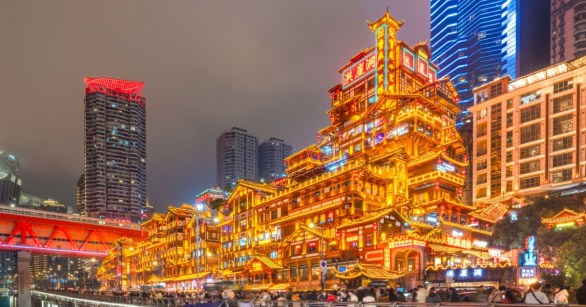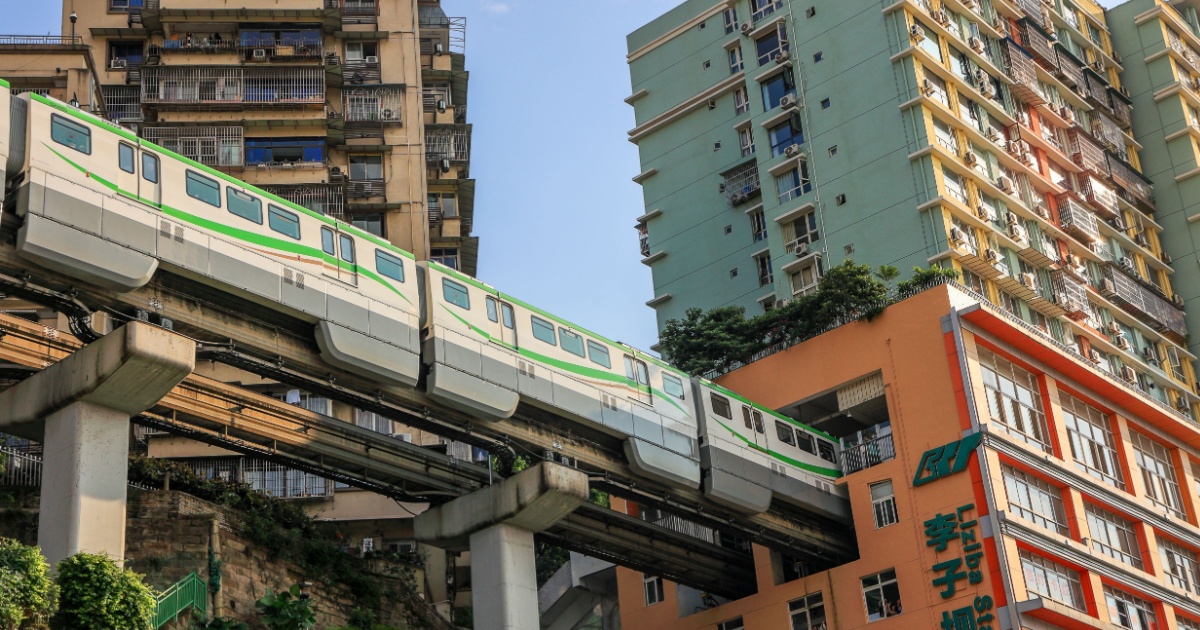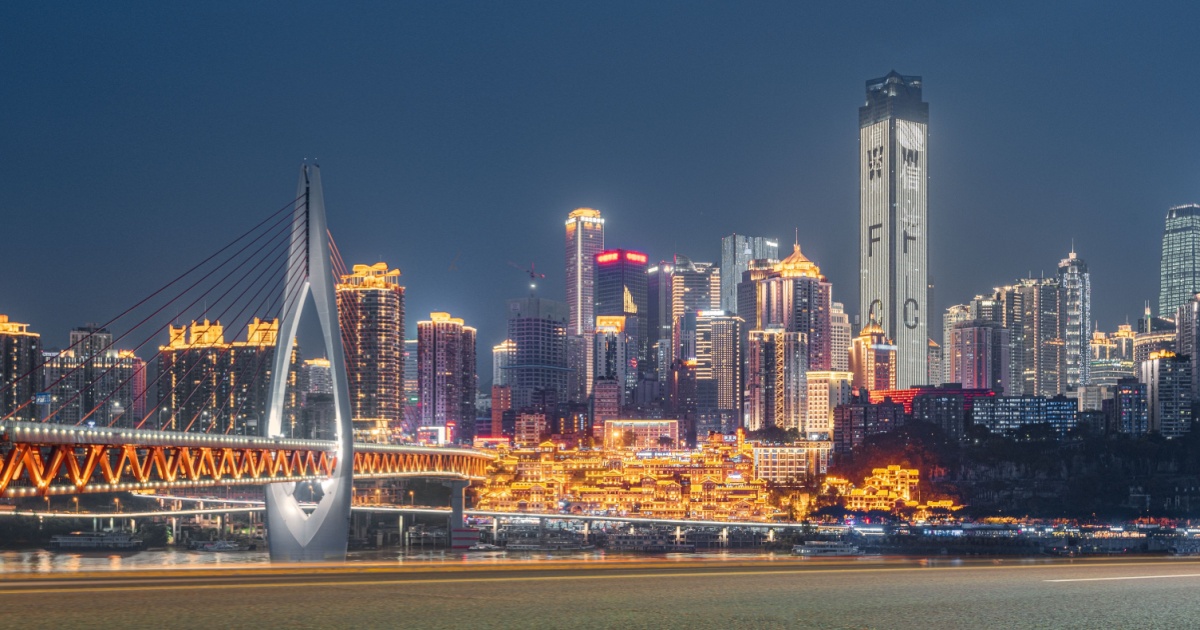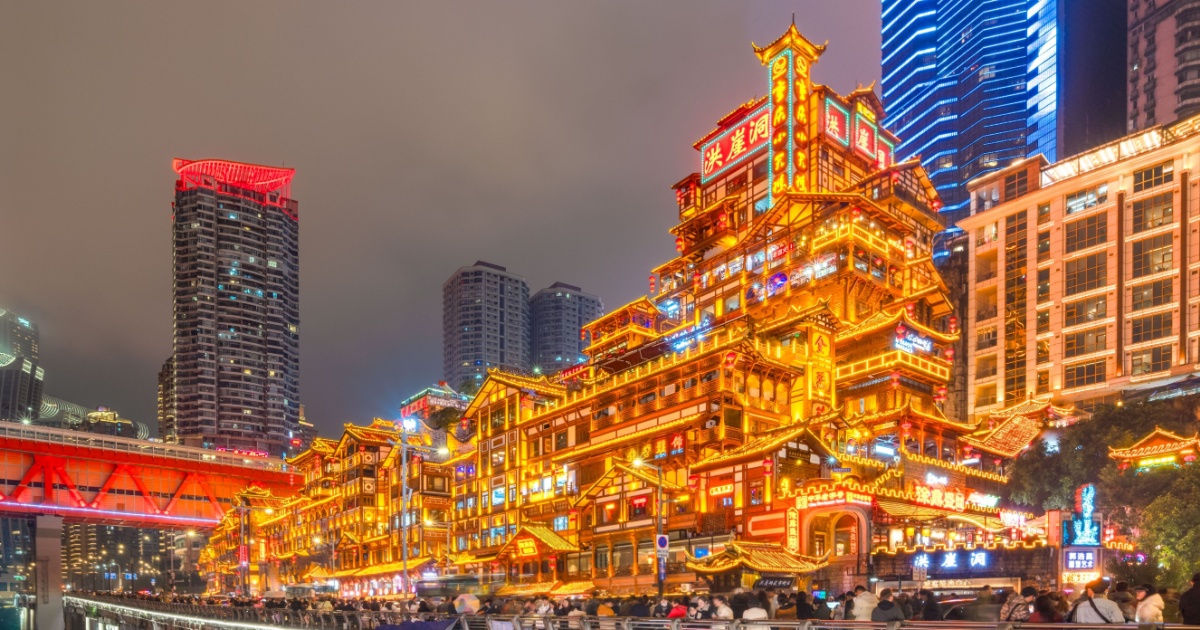
Shutterstock
When it comes to understanding the scale of a city, two key measurements stand out: its geographic size and its population. These two factors offer valuable insights into what makes a city unique and how it functions. While some cities are known for their vast land area, others are recognized for their dense populations. However, when it comes to the largest city in the world by both population and geographic size, the name that often comes up is Chongqing, China.
New York City is one of the most famous cities globally, often mistakenly cited as the largest. With a population of over 8.3 million people and an area of approximately 1,210 square kilometers (468.48 square miles), NYC is certainly a major urban center. However, it is not the largest city in the United States geographically. That title belongs to Sitka, Alaska, which spans an impressive 7,434 square kilometers (2,870.3 square miles). Despite its massive size, Sitka has a much smaller population—only around 10,000 residents—making it less densely populated than New York.
Chongqing, on the other hand, holds the distinction of being the largest city in the world by both population and area. Located in central China, this city has a rich history dating back over 3,000 years. It became a major metropolis in the last century, and today it covers an astonishing 82,400 square kilometers (31,815 square miles). This makes it significantly larger than any other city in the world. With more than 32 million people living within its borders, Chongqing is also one of the most populous cities globally.

Shutterstock
The city’s unique geography plays a major role in its development. Chongqing is situated near the Jialing River and the Yangtze River, surrounded by mountainous terrain. This natural landscape has shaped the city’s infrastructure in unexpected ways. Oliver Wainwright, a design critic for the Guardian, has described the experience of navigating Chongqing as surreal. He noted that neighborhoods cling to cliffs, connected by elevated roads that stretch 20 stories high. Metro lines emerge from tunnels through the mountains and then plunge into residential skyscrapers that seem to sprout from sheer slopes.
Getting around Chongqing can be a complex journey. Staircases lead to underground escalators, walkways connect to lifts that take residents up the side of a cliff, and cable cars pass by outdoor plazas that are actually rooftop terraces of office buildings towering over valleys below. The city’s design ensures that everything is interconnected, making it possible for residents to live their entire lives without ever leaving the city.
Despite its massive size, about 70% of Chongqing’s population resides in the city center, which is 14 times smaller than the surrounding rural areas. This concentration of people makes the city center one of the busiest places on Earth.

Shutterstock
Chongqing remains relatively unknown outside of China, but this is beginning to change. Social media platforms like TikTok have played a significant role in showcasing the city’s unique infrastructure. Locals and tourists share videos highlighting how roads, stores, apartments, and trains are built on top of each other, creating a multi-layered urban environment.
With over 20 levels of infrastructure—some buildings extending far beyond that—Chongqing offers a surreal experience for visitors. The city’s design emphasizes convenience, ensuring that residents have access to everything they need without having to travel far.
If you found this story intriguing, you might also enjoy reading about why Great White Sharks are rarely seen in aquariums.
Sign Up to receive the Twisted Sifters weekly newsletter for the best Internet culture news updates.



